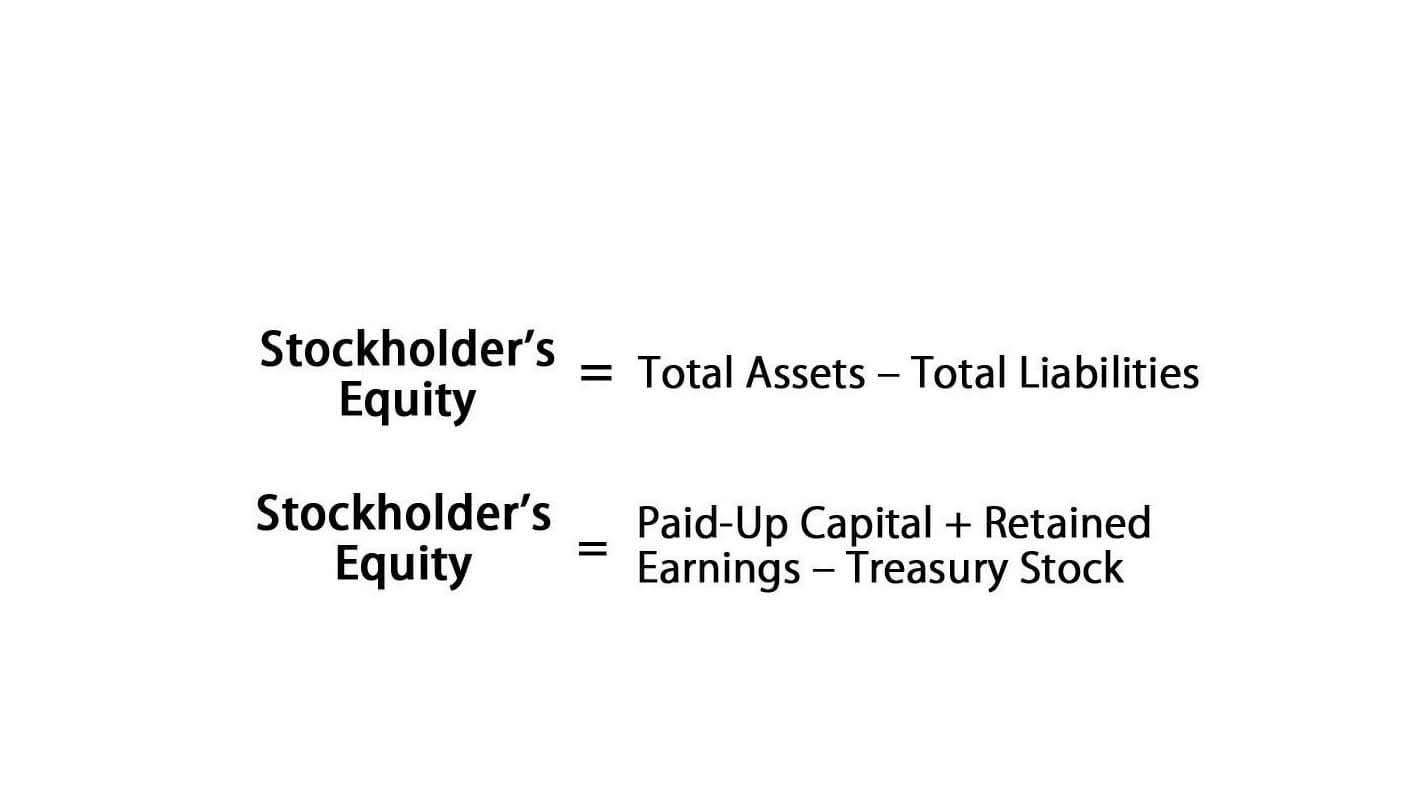
Most companies report using the indirect method, although some will use the direct method (see CVS’s 2022 annual report here). The purpose of a cash flow statement is to provide a detailed picture of what happened to a business’s cash investing activities during a specified period, known as the accounting period. It demonstrates an organization’s ability to operate in the short and long term, based on how much cash is flowing into and out of the business.

How to Interpret Cash Flows from Investing Activities
On the other hand, a positive cash flow from investing means that the company has generated more cash from selling its investments than it has spent on purchases. This may occur when a company sells off property, plant, equipment, or securities, payroll or when it collects a loan given to others. When a firm reports a negative cash flow from investing activities, it signifies that the company has made substantial investments during the specified period.

Understanding Cash Flow From Investing Activities
- Overall Apple had a positive cash flow from investing activity despite spending nearly $8 billion on new property, plant, and equipment.
- On the other hand, short-term investments are the ones you hold for less than a year to generate quick returns and exploit market opportunities.
- By analyzing these activities, investors can identify trends, detect potential cash flow issues, and make informed financial decisions.
- While this may lead to short-term losses, the long-term result could mean significant growth.
- Strategic decisions about investing in new technology, expanding production capacity, or entering new markets are all reflected in a company’s investing activities.
The expected return of a project can Accounting Security be estimated using the net present value, which is the difference between the present value of the future cash flows of the project and the initial investment. To evaluate the effectiveness of ABC Inc.’s investing activities, we need to compare the cash flow from investing activities with the cash flow from operating activities, which is shown in the table below. As you can see, ROI is a useful but limited tool for evaluating your investment decisions.
Investing Activities in Corporate Finance

A well-defined strategic plan that incorporates prudent investing activities helps businesses respond to market changes and capitalize on opportunities, thereby securing their long-term viability. In addition, evaluating the return on invested capital (ROIC) can help determine how effectively a business is using its assets to generate profits. A higher ROIC suggests that the company is generating favorable returns from its investment activities, making it an attractive option for potential investors.
- This means the company spent more on investments than it received from the sale of assets, leading to a negative cash flow from investing activities.
- Below are an example and screenshot of what this section looks like in a financial model.
- The cash flow statement segregates cash flows into three primary activities—operating, investing, and financing.
- A cash flow statement is a financial statement that shows the cash going in and out of a business over a set period.
Cash flow might also impact internal decisions, such as budgeting, or the decision to hire (or fire) employees. Based on the cash flow statement, you can see how much cash different types of activities generate, then make business decisions based on your analysis of financial statements. Because of the misplacement of the transaction, the calculationof free cash flow by outside analysts could be affectedsignificantly.
Yield-focused vs. Growth-oriented financial flow strategies

Financing Activities will not include Issue of Bonus Shares, Conversion of Debentures into Shares, and Issue of Share Capital, or Debenture against the purchase of fixed assets, as they do not involve cash. Cash Equivalents are short-term highly liquid investments that can be easily converted into a known amount of cash with insignificant risk. Cash and Cash Equivalents also consist of investments that have a maturity period of three months or less from the date of acquisition. Besides these, a company’s preference shares purchased shortly before their date of redemption are also treated as Cash and Cash Equivalents, only if there is no risk in the failure of their payment by the company. In simple terms, Cash and Cash Equivalents consist of Short-term Deposits/Short-term Investments, Marketable Securities/Treasury Bills, and Current Investments.
